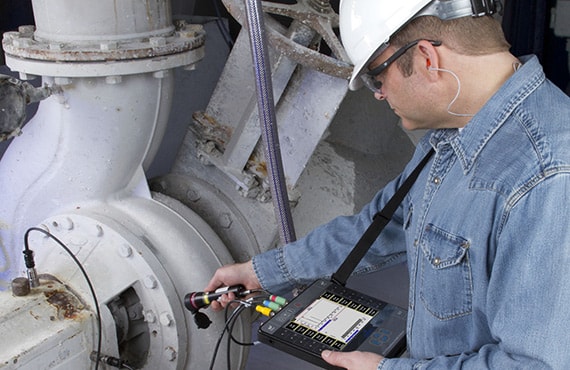EN 71-2 – Flammability of Toys Test
The EN 71-2 standard is a European safety regulation that specifies requirements and test methods for the flammability of toys. This test ensures that toys do not pose fire hazards, which can be particularly dangerous for children who may put objects in their mouths or play with them in close proximity to heat sources.
The test aims to prevent incidents where materials used in toy manufacturing could ignite easily under normal conditions, leading to burn injuries or other safety risks. Compliance with this standard is mandatory for manufacturers selling toys within the European Economic Area (EEA).
Testing laboratories play a crucial role in ensuring that toys meet these stringent requirements by conducting accurate and reliable tests according to the prescribed methods outlined in EN 71-2.
Scope and Methodology
| Test Specimen | Preparation | Testing Procedure | Acceptance Criteria |
|---|---|---|---|
| Flammable materials used in toys | Cut into standard test pieces, ensuring they are free from any defects that could affect the outcome of the test. | The test involves igniting a specimen under controlled conditions and measuring the time it takes for the fire to spread. The apparatus includes a burner capable of producing a specific flame height, and the environment is maintained at a specified temperature. | Acceptance criteria vary based on the type of material tested. Generally, materials must not ignite easily or continue burning when exposed to flames for a certain duration. |
The test procedure involves placing the specimen in a controlled environment and exposing it to a flame for a specified period. Observers then measure how long the fire continues after the flame source is removed. If the material passes, it indicates that the toy component meets the flammability standards set forth by EN 71-2.
The accuracy of this test depends on precise control over environmental factors such as temperature and humidity, which can influence the outcome. Therefore, laboratories must adhere strictly to ISO/IEC 17025 accreditation requirements for testing facilities.
Benefits
Mandatory compliance with European safety regulations, ensuring toys are safe for children.
Reduces the risk of product recalls and associated costs by identifying potential hazards early in the development process.
Enhances brand reputation through adherence to international standards.
For quality managers and compliance officers, this test provides peace of mind knowing that their products meet rigorous safety standards. For R&D engineers and procurement teams, it ensures materials are selected based on proven safety performance.
Competitive Advantage and Market Impact
Compliance with EN 71-2 helps manufacturers enter the EEA market legally, enhancing their competitiveness by avoiding penalties for non-compliance.
By ensuring product safety, companies can build trust with customers, which is crucial in competitive markets.
For R&D teams, compliance also facilitates easier collaboration with international partners and suppliers who adhere to the same standards. This standardization leads to broader market access and increased sales potential.





